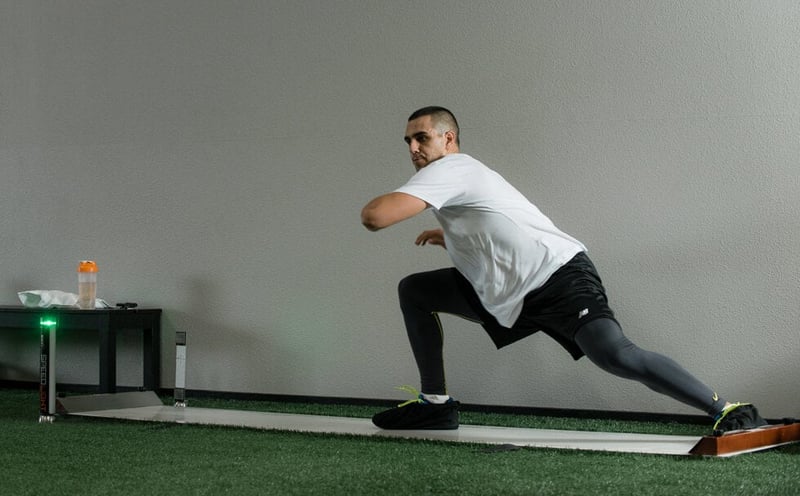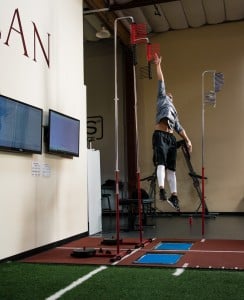
Numbers talk. As coaches we know that numbers are one of the most important considerations for validating what we do. Many of the cues that we give are designed to improve an athlete’s movement quality or technique. This is qualitative feedback. We also need to provide objective data, numbers, that provide an indicator of progress. This is quantitative feedback. By combining these methods, we can take athletes from shallow forms of practice to deep practice – the key to mastery. So, one of our challenges as a coach is to know when and how to use each type of feedback.
Quality is the starting point for learning both skills and strength movements. As a coach, your reputation is tied to how your athletes look performing their movements. If it looks ugly, then you need to make regressions either in the complexity of the exercise (range of motion) or the intensity (weight on the bar). In these situations, quantitative feedback can sometimes be counterproductive because it encourages the athlete to push for speed or weight on top of a foundation of poor movement. One example of this scenario is measuring bar speed. While bar speed can be a useful quantitative measurement it can come at the expense of movement quality. It is important to know which situations are conducive to measurement, and which ones are better for focusing on quality.
At Sparta, we focus most of our quantitative feedback around skill performance. Movements like sprint, agility, side toss, and slideboard are all great for measuring performance in order to provide feedback on progress. These skills have a large technique component, but unlike weighted exercises there is little or no risk to performing full speed reps with underdeveloped skill.
We do not always emphasize times, but use specific parts of our workout as “PR Sets” or chances for athletes to maximize speed and set new records. During other times we are still collecting data, but using it to help athletes understand the connection between their technique and their performance. The goal here is to practice consistent performance more than maximal performance.
The final component of measurement is how. Reliable measurements are essential for quantitative feedback to be effective. The coach and athlete both must be able to trust the reliability of the timing system so that they can use the data to validate corrections in technique and progress in their training. The old method of using a stop watch to record times provided very poor reliability. We have spent much time and effort testing the various timing systems on the market in order to ensure the accuracy and reliability of our quantitative coaching.

Ultimately we use the force plate as our measurement standard because it can objectively measure quantity and quality in the same movement. The force plate combined with Sparta’s vast database of testing history can objectively produce quantitative data in each component of force production – LOAD, EXPLODE, and DRIVE. With these measurements, our software can also provide each athlete’s Movement Signature which relates to their movement quality, injury risk, and suitability for specific positions. By having access to this information, the athlete can better understand how their force production ability and technique are inter-related in their performance of a skill like sprinting.
In a world driven by numbers we need to be very careful in deciding when to measure, what to measure, and how to measure it. The final step is always to be sure that we are committed to doing something with these measurements. The question you must ask yourself is “How will this new data change what I am already doing”? Once you have engaged in this process and worked through these questions, you are ready to expand your potential for impact as a coach.